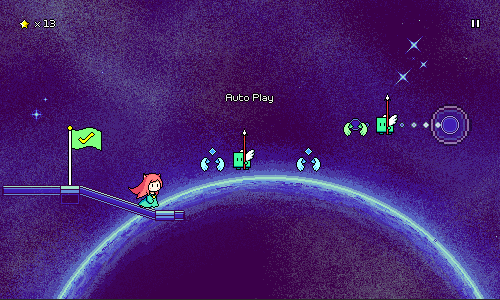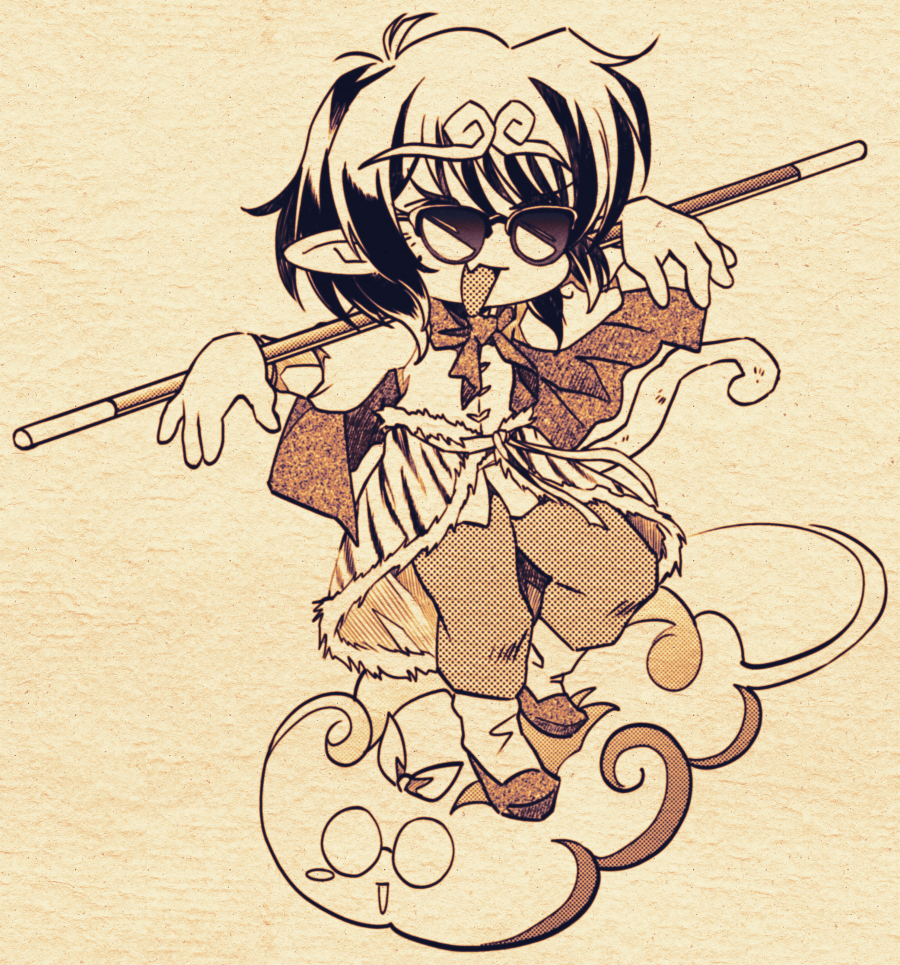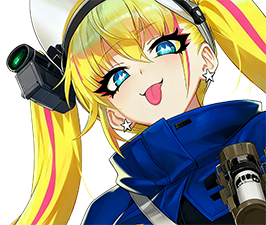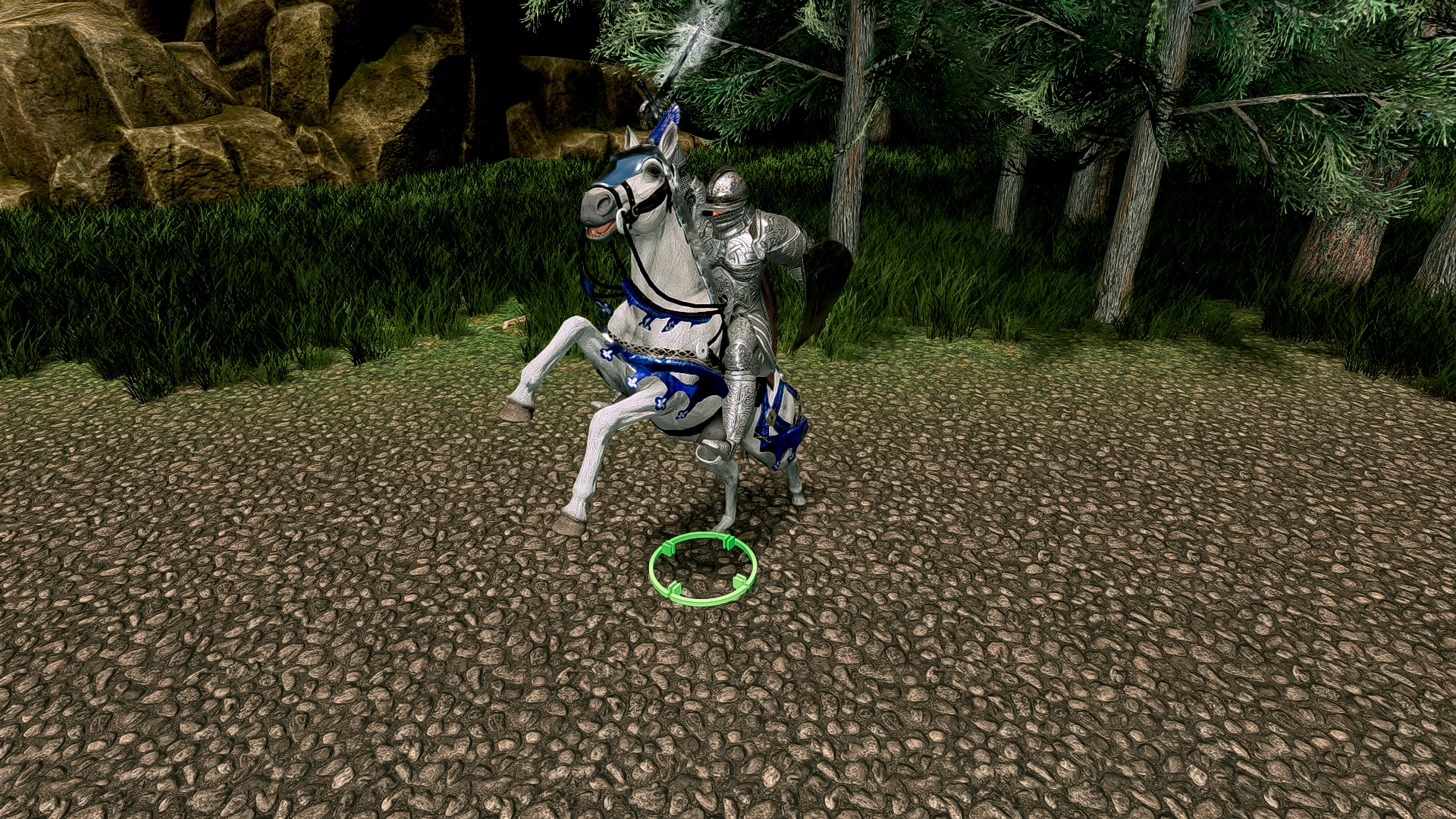
Hello!
Today brings some small improvements to localization support. More detailed (and accurate) translations are on the way once I've fully converted the system in-game.
Gameplay
Dice (including abilities) are now fully translated for all currently supported languages.
Scoring Hands are now fully translated for all currently supported languages.
General
Build version has been renamed to a "year, month, day" instead of a "month, day, year" format to make it less confusing (and less regional).
That's all for now! Next up are Pins and any other yet-untranslated text. Look for that in the coming week (and then new content!!!)






















